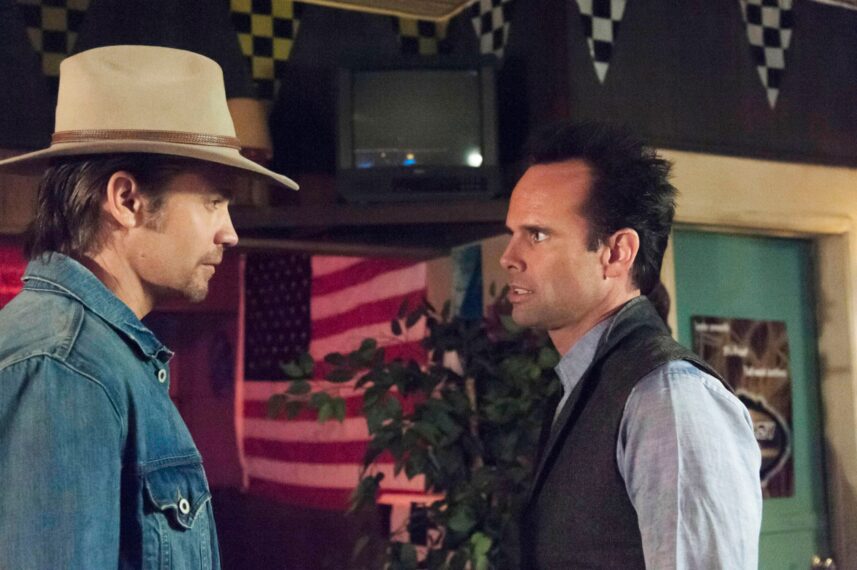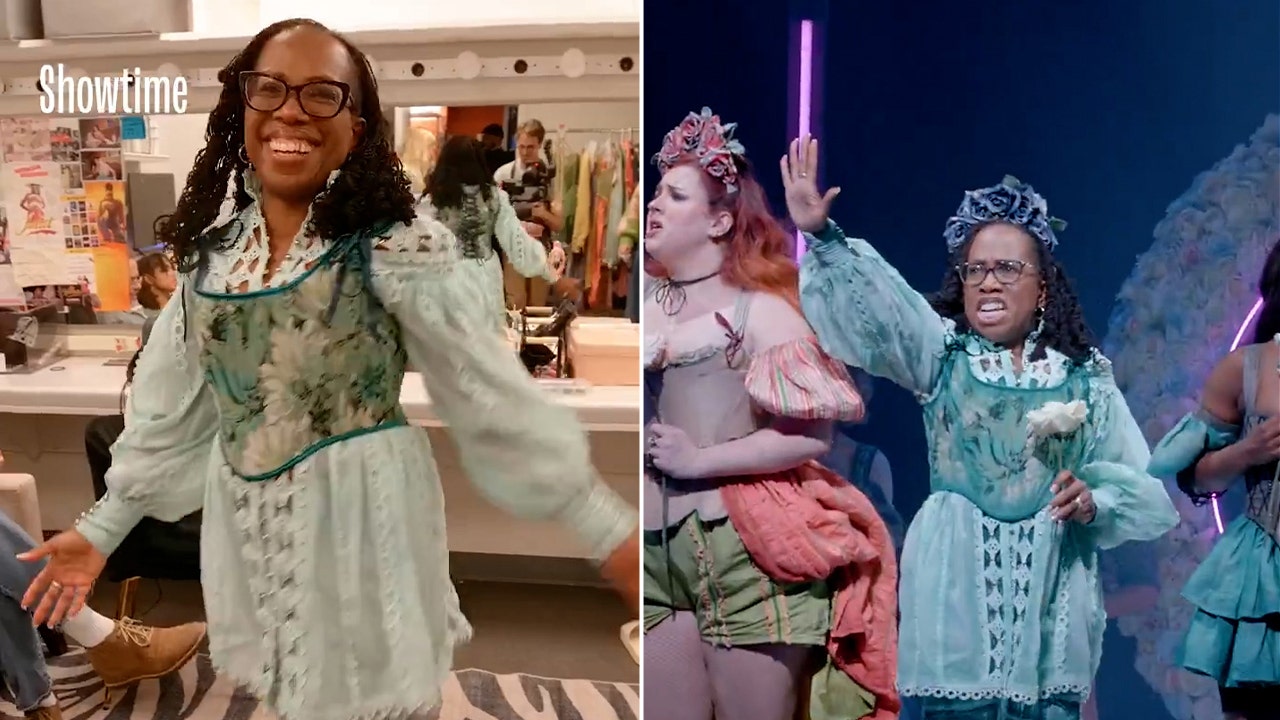I was halfway through writing the first draft of a novel about artificial intelligence when I heard that Christie’s planned to auction a portrait produced by AI. This was before DALL-E, before GPT3, before Gemini, Grok, and the latest chatbots. At the time, the idea of an algorithm producing art was plausible, but ridiculous. In theory, it was possible to auction off the bizarre renderings of generative adversarial networks, but who would want to pay for it?
I went to see this AI-produced portrait in October 2018, at a public viewing before the actual auction. Despite living for 20 years in Manhattan, I’d never been inside the Christie’s building. The place was lit like a museum and decorated like a corporate event space, wood paneled, muted. Paintings, sketches, sculptures, curios, all were kept in neat, orderly arrangements—it felt like somebody’s idea of an ideal spot to meet with a financial advisor. Small groups of people stood around, looking at Lichtenstein prints, at the sketches of other famous artists.
My first thought as I studied the AI piece was that it looked like something spat out by an inkjet printer. My second thought was, wait, it probably was printed by an inkjet. According to the marketing material, an algorithm produced this image after scanning and storing the attributes of 15,000 paintings from the 1300s through the 1900s and then using a generative adversarial neural network to produce something that belonged to the same set. All legit. Except what it landed on looked like nothing worth looking at. Imagine a blurry, spectral approximation of a man, his face blurred, like an out-of-focus portrait photo.
It wasn’t art. I was certain of it. As sure as I have ever been of everything. The starting bid was set between $7,000 and $10,000, no small fee; later, I learned the final bid clocked in at $482,500. Half a million. For a print-out.
In the following weeks, I thought often about this distorted portrait. I even incorporated it into the novel that I was working on, a meditation on the disorientating power of new technology. I staged one of the book’s most important scenes at the Christie’s auction house, that strange cheek-by-jowl moment of AI-produced art next to traditional art. I still felt like it was ridiculous to call this algorithmic doodling a piece of art, but it was there, it was a real thing, no one was waiting for me to approve this new state of play, I just had to accept it.
*
It’s not hard, in 2024, to find visual artists, writers, or creators who are anxious—panicked?—about the future of their craft, given new algorithmic tools. This is not the first time the world of art has spasmed in response to a sudden technological advance. Or the second. Or even the third.
 In 1817, E.T.A. Hoffmann wrote “Automata,” a short tale that includes (among other fantastic things) an android that answers questions whispered into its ear. A lot like a chatbot—but as imagined before the invention of phonographs of photography. “Automata” is speculative fiction, but it’s a true story of how disconcerting it is to live in (cue foreboding music) interesting times.
In 1817, E.T.A. Hoffmann wrote “Automata,” a short tale that includes (among other fantastic things) an android that answers questions whispered into its ear. A lot like a chatbot—but as imagined before the invention of phonographs of photography. “Automata” is speculative fiction, but it’s a true story of how disconcerting it is to live in (cue foreboding music) interesting times.
In one scene in “Automata,” a musician named Ludwig rages against automated machines that can make music without humans—real world mechanical marvels of Hoffmann’s day, such as the harmonichord, or the orchestrion. Yes, yes, Ludwig says, the music these machines generate on their own can be beautiful. But if music is not made by the soul, then what’s the point of it?
Born in 1776, Hoffman lived through the advent of the first steam engine, first battery, the automated loom, the locomotive. Napoleon rose and fell, twice; industries and countries were made, unmade. Perhaps inevitably, the characters in Hoffmann’s works are often anxious or deeply uneasy about how the world is changing; the change or threat of change comes from all directions.
Despite the two centuries that separate us, Hoffman’s work is recognizable, if strange. Fluent in science, his plots dabble in the occult. A polymath, he was an artist, composer, and a magistrate. He was educated and employed as a jurist, but in his art he preferred incompleteness, irrationality, extreme feats of imagination. He promoted Beethoven’s work without ever hearing it—he only had to read the score to appreciate it. Both a bureaucrat and a bon vivant, he once asked a publisher to pay his wine bill in lieu of an advance. He was bright enough to graduate from law school at 16; but foolish enough to get fired from his first job for drawing caricatures of co-workers.
For all his talents, Hoffman could not resolve the question of what to make of this new world of machines, this place where it was possible for music to come from creatures without a soul. In 2024, we remain awash again in new technologies, new ways to create seemingly ex nihilo songs, poems, speeches, images. You’d think two centuries would be long enough for us to sort the singer from the song, to divine where the soul ends and our machines begin. You’d think wrong.
*
I was an early adopter of the Internet, a geeky teen who ran a dial-up service from his parents’ basement in 1989, pre-Web days. In college, I wrote reviews of websites for magazines back when magazines were media. Social media wasn’t a thing, but there were global Usenet message boards devoted to music and late-night TV, books and other hobbies. I liked the newsgroup milieu, the bantering with other people, nitpicking details, going back and forth about topics that really didn’t matter—such was the joy of being online, being connected, in the beginning.
If you shuck enough layers of desiccated archival web, my three-decade old Usenet posts are still out there. Much to my regret. I didn’t say anything shameful or too embarrassing—it just feels dopey to have words I wrote 30 years ago still out there. To be fair, I was not unaware at the time that posts to alt.fan.letterman could last forever. But if I’m being really honest: I didn’t think the words would be valuable enough to hold onto. Eventually, I figured someone would throw the old words out.
Turns out, everything on the internet—every blessed word, no matter how dumb or benighted—has utility as a learning model. Words are the food that large language algorithms feed upon, the scraps they rely on to grow, to learn, to approximate life. The LLNs that came online in recent years were all trained by reading the internet. This thing that we’ve been doing collectively with our relentless blog posts and pokes and tweets and uploads and news story shares, all 30-odd years of fuck-all pointless human chatterboo, it’s their tuning fork. Like when a guitarist plays a chord on a guitar and compares the sound to a tuner, adjusts the pegs, plays the chord again; that’s what has happened here, that’s what all my words are, what all our words are, a thing to mimic, a mockingbird’s feast.
They absorbed more than just the quotidian dreck, to be fair. They have also consumed all the digitized works of E.T.A. Hoffman and Mary Shelley and Oscar Wilde, the work of masters, the declarations of genius. My relative contribution at that scale is effectively nil, but it’s in there, just as every blog or hot list still on a public server could be factored at some minuscule level into the vast statistical models that make it possible for these machines to mimic real people.
I refer to the algorithms as absorbing and consuming texts, but that’s not literally true. The original text used to train an algorithm isn’t swallowed up like Jonah, it does not dwell in the belly of the beast forever. Instead, the algorithm scans a text and builds a statistical model, a tiny simulacrum, a meta description of what words were said, expressed in maths that take all the art, all the joy, and casts them out, like fish hearts and intestines flung to waves by a fisherman cleaning his catch.
It’s our universe, but not quite, what the algorithms create; all the facts there are ghost facts. Every time you ask AI to create words, to generate an answer, it analyzes the words you input and compare those words to the trillions of relations and concepts it has already categorized and then respond with words that match the most likely response. The chatbot is not thinking, but that doesn’t matter: in the moment, it feels like it’s responding to you. It feels like you’re not alone. But you are.
*
We lose something, as we let these machines speak for us; but we also gain something, or we could, as new artists learn to use them. I read Vauhini Vara’s essay “Ghosts” not long before ChatGPT dropped on the internet. Her essay is about the death of her sister years earlier, when she was in college; a personal loss she’d never found a way to write about. A worthy topic, no question. But the real subject of the essay is language, her loss for words, her inability to capture the feeling of grief.
In the introduction to the essay, she explains that she has used “an artificial intelligence” to draft and then craft a piece that effectively evokes the unknown. Turns out she was using the large language network that would go on to power ChatGPT. She fed it a brief description of her sister’s death a few sentences at a time. She asked the bot to keep writing, to tell her what should come next. The bot created nine possible worlds from the fragments and vignettes. As you move through the essay, you realize that the AI never gets it right. Nothing that it proposes is correct. Yet this doesn’t feel wrong; it feels more like an alternate universe, a what-if episode.
Vara structures the essay so that her words and the machine’s output are intermingled. But the two never really mesh. The tone of her essay overall is strangeness, abounding sadness, and dogged perseverance. Everything in the essay written by the AI is based on what it understands after absorbing oceans of human expression. It wrote many interesting and thoughtful things but it never wrote anything even close to what Vara felt, what really happened. Not because the tech failed at its job. Because life isn’t a map of statistical probability. It’s all the shit that happens, surprising or not.
Novels, poems, and movies created by algorithms already exist; none are convincing or very good, but they will proliferate. They might even be beautiful in their own way. There will be at some point characters generated completely by mathematical models who will cause a human reader to put down a book and weep. Those tears will be real. But what will the value of that book be? It will not be the expression of a singular experience; that book will be a tool, a machine made to provoke weeping. It will have no singular creator, just as the screwdriver in my junk drawer has no singular creator.
*
 A few days ago, a box arrived at my home. Inside, I found galley copies of In Our Likeness, the book I was drafting when the AI portrait was auctioned off. The delivery was the latest sign that the book is coming, that I will soon have the chance to send an artistic creation of my own out into the world, alone. Some people have begun to preorder the book. Friends have begun to ask, Now what? Will you write another one? Is that even a good idea, now that AI can write books?
A few days ago, a box arrived at my home. Inside, I found galley copies of In Our Likeness, the book I was drafting when the AI portrait was auctioned off. The delivery was the latest sign that the book is coming, that I will soon have the chance to send an artistic creation of my own out into the world, alone. Some people have begun to preorder the book. Friends have begun to ask, Now what? Will you write another one? Is that even a good idea, now that AI can write books?
I’m not worried about machines replacing human authors quite yet. Do these ghost machines change the game? Absolutely. But they don’t eliminate the need for authors who zig when they are expected to zag—far from it. Texts written by AI are defined by their predictability. The future belongs to the writers who find a way to make something new, unpredictable—just as it always has, going back 100 years, to Ezra Pound and his gang, or going back 200 years, to E.T.A. Hoffman and Mary Shelley.
The crux of the matter remains the same. One must do the work. We must all be Flaubert, or at least we must share in his agony. Notoriously, he struggled each day to put together words in a way that was compelling and apt and new. Not everything in life must be hard, or original. But as our tools get better at telling stories, we will need to strain harder to put forth fresh ideas; to try a new route, a new identity, a stretch. Otherwise, as Hoffman asked, what’s the point?
 In Our Likeness was partly inspired by another novel about a portrait, The Picture of Dorian Gray. I read Dorian Gray for the first time a decade ago and was taken with the central conceit, an image that changes based on what happens in the real world. I liked how Wilde mixed the fantastical with the real without apology; we get no why or how this artwork becomes entangled with this character. It just is.
In Our Likeness was partly inspired by another novel about a portrait, The Picture of Dorian Gray. I read Dorian Gray for the first time a decade ago and was taken with the central conceit, an image that changes based on what happens in the real world. I liked how Wilde mixed the fantastical with the real without apology; we get no why or how this artwork becomes entangled with this character. It just is.
In my book, the concept is reversed: as if the world could change based on what happened to a painting or, in the case of my story, to a social media profile page. It’s no spoiler to relate that there is no explanation in the text for how this happens. It is just a thing that an algorithm begins to do. It’s strange until you think about it; this is how most of modern life works, after all. How much do you understand about how chatbots work? Or how computers work? Or your car? Or electricity? Or the interior of your own heart?
Don’t go too far down the chute of those thoughts; madness lies down there. Hoffmann wrote a story in anticipation of this, too. “The Sandman” opens in a ballroom near Berlin, where a debutante sings and plays the harpsichord. Her pitch and her musicianship are perfect, and a young man in the audience, moved by beauty, cries out her name, Olimpia! Other people around him snicker. He thinks they are envious of his heartfelt love. This suitor is the first to ask Olimpia to dance: Her footwork is perfect, rhythm unimpeachable. He whispers that he loves her. She says only, “Ah, ah!” Her hands never warm to his touch. But he refuses to notice.
Olimpia is an automaton, an android fashioned by a professor who claims to be her father. Others at the ball see through the ruse, but not the suitor. He sees only human perfection. Later, the suitor bursts into a room and finds Olimpia with her eyes removed, lifeless, a soulless husk. At once, he loses his mind—a perfectly reasonable response, as his love was real, even if she was not.
What next for this suitor, then, when he goes into the world, knowing his feelings are wrong, but feeling them anyway? What then for all of us, as we grapple with these ghost machines we know are not real, but feel so true? So much is yet to come. All I know for sure is that the future will be haunted.























































